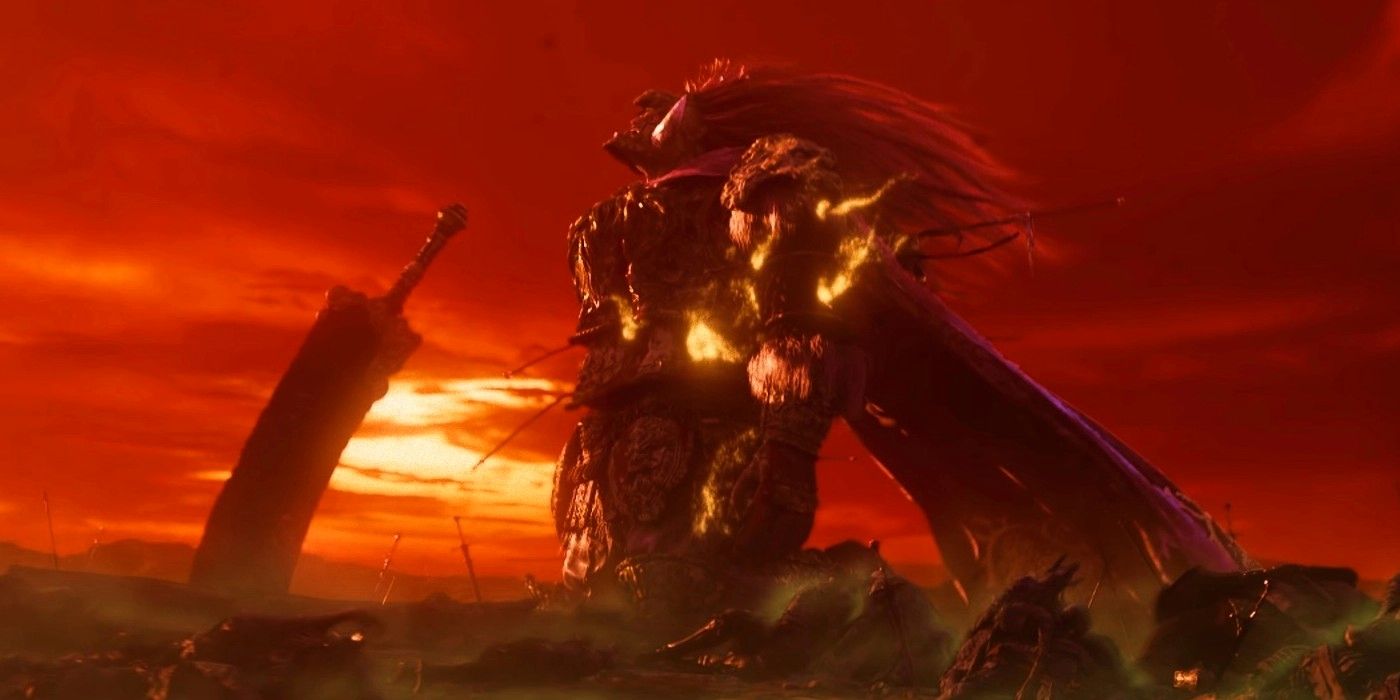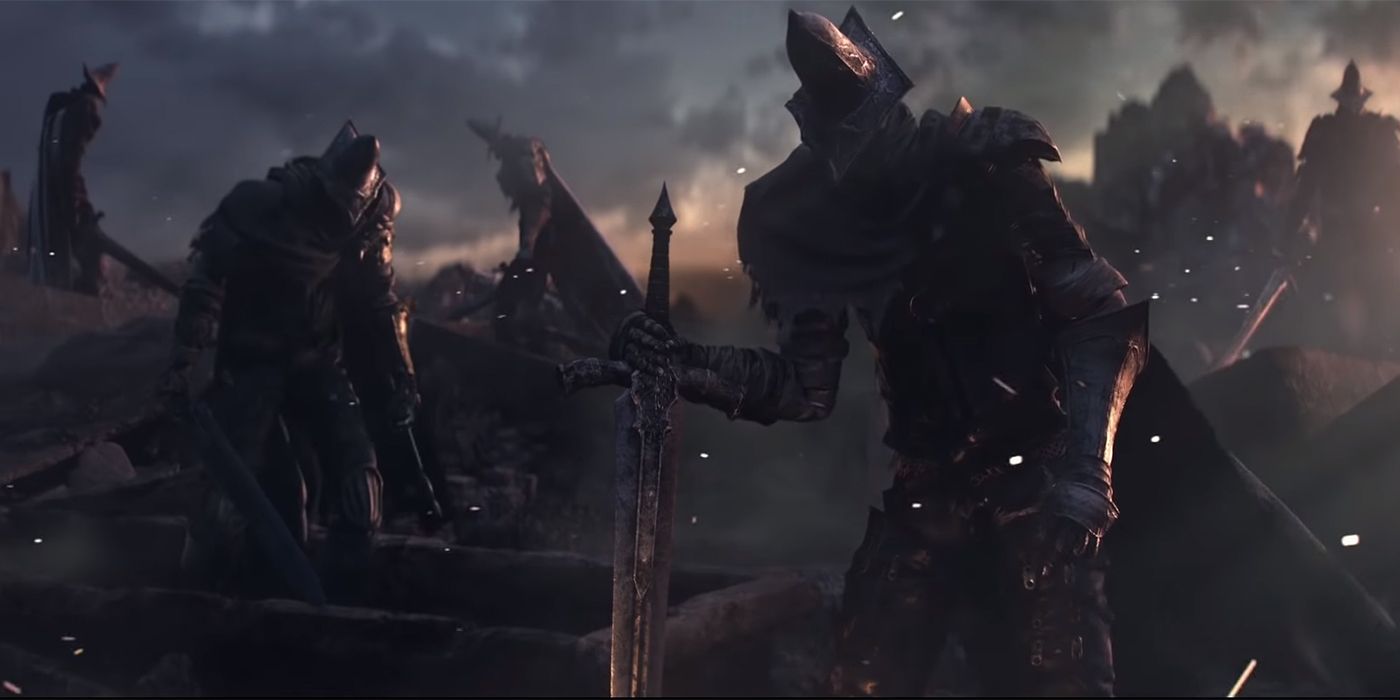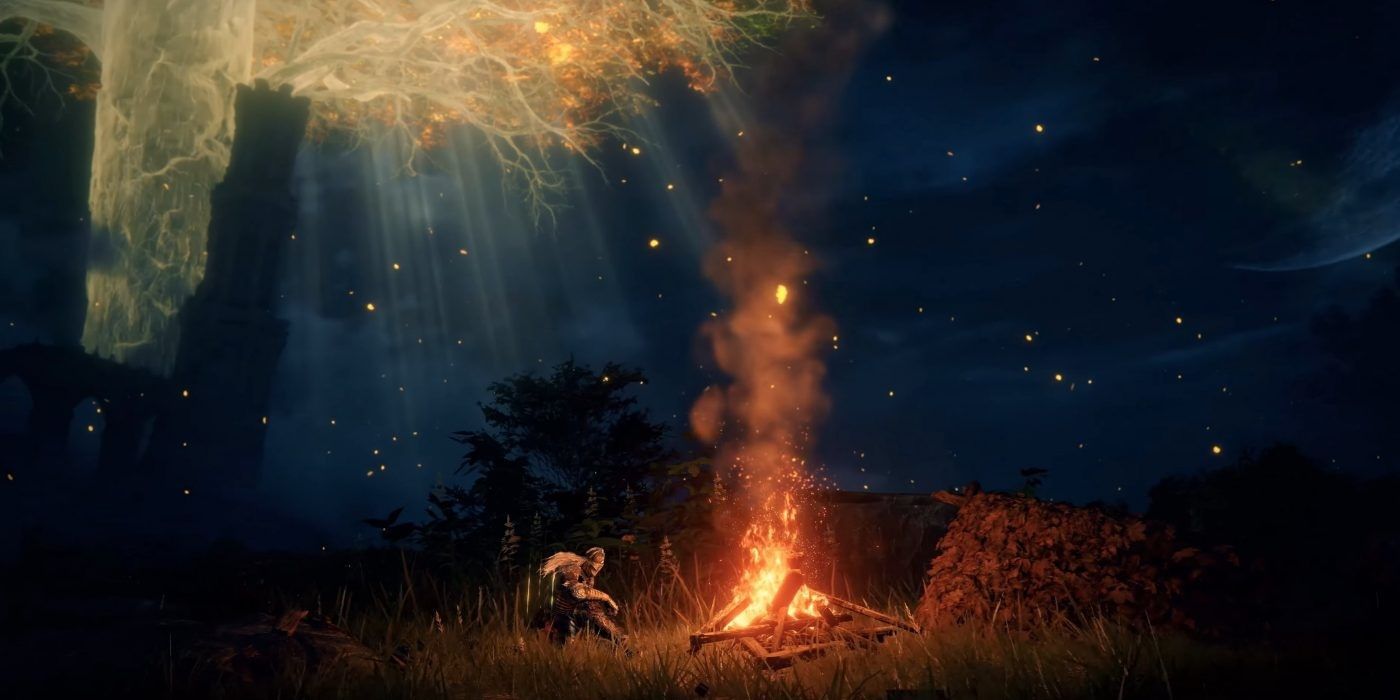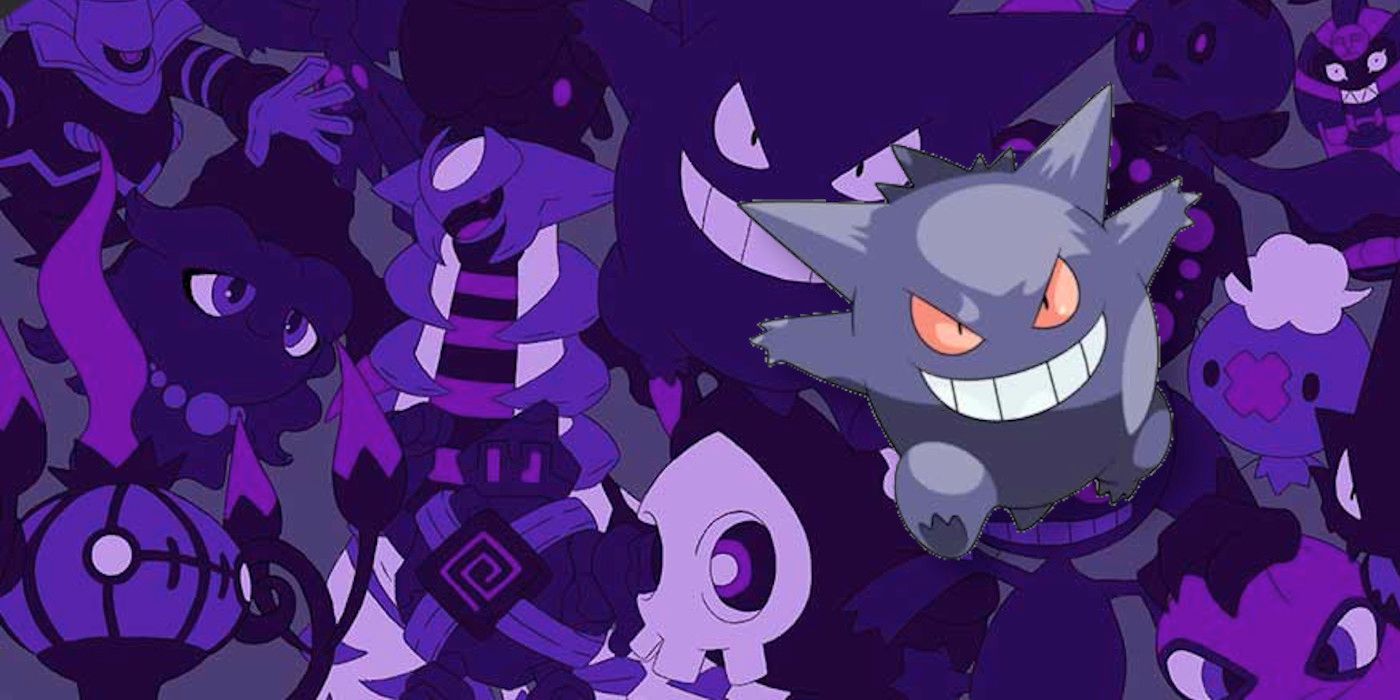
Elden Ring has proven to be an interesting beast, even in the short time fans have known about it. It’s similar to Dark Souls, but not exactly there. Elden Ring appears to be a culmination of all of FromSoftware’s post-Demon’s Souls games up to this point. Most notably there are elements from Sekiro: Shadows Die Twice, like jumping and stealth, but it seems like the usual collection of spells and armor sets are being brought forward once again. Combined with FromSoftware’s typical strong art direction and Elden Ring’s own new elements pertaining to its horse, spirits, and open world, it seems like the upcoming game is a worthy successor to FromSoftware's powerful legacy.
There is one element that’s a bit more complicated to discuss however, and that’s the story. Dark Souls, and the other FromSoftware Soulslikes, are known for having very similar themes. A lone nobody, or a lone somebody in Sekiro’s case, faces impossible odds in a fallen nation while trying to restore order to the world. This journey may include chances to gain personal power at the expense of others along the way, and typically involves crossing paths with other individuals, including those twisted by the world’s state, and those making their own journey. Elden Ring appears to be doing this again, but one commonality with Dark Souls 3 has raised some eyebrows.
RELATED: Lessons Elden Ring Should Take From Bluepoint Games' Demon's Souls Remake

A Lord of Cinder is anyone who has linked the First Flame at some point in Dark Souls’ history. The First Flame came about at the same time as the first Hollows. These were humans without souls, but gained souls and became the first Lords of the land. Regular humans were given pieces of the Dark Soul. While this race of gods ruled over a prosperous world for a time in the Age of Fire, the First Flame eventually began to wane. Gwyn, Lord of Cinder, feared the coming Age of Dark, and thus sacrificed himself as the first Lord of Cinder to link the First Flame and keep the Age of Fire alive.
That sets the template for the rest of the Lords of Cinder. They all have linked the Flame, and kept the Age of Fire going. This is normally treated as a heroic sacrifice, but some characters, including Darkstalker Kaathe and Prince Lothric, note that it’s a futile effort. Indeed, Dark Souls 3 portrays the effort to burn five former Lords of Cinder as extra kindling for the Ashen One’s own burning as an effort that may not amount to much. The First Flame will fade, and joining the Soul of Cinder after linking the Flame seems like an awful fate for a temporary victory. There’s a good reason why every Souls game includes at least one alternate ending where the protagonist leaves the unlit Flame behind.
RELATED: Starfield, Elden Ring Face Similar Concerns at Launch

Elden Ring has a story setup similar to that of Dark Souls 3. The Lands Between were, at some point, a place of prosperity. Guided by the Greater Will, Queen Marika the Eternal ruled with the power of a mystical rune known as the Elden Ring, source of the Erdtree. This was before the Elden Ring was shattered, and its component Great Runes scattered across the Lands Between. In their lust for power, Marika's demigod offspring and their minions have collected these runes for themselves, triggering a massive, free-for-all war known as The Shattering. Now even the Greater Will has abandoned the land, and the golden grace that once defined the place has been scattered to the winds.
Players control the Tarnished, a disgraced exile from a tribe driven out of the Lands Between after they lost their grace. They, along with others, are drawn to the Lands Between for the events in Elden Ring by the prospect of the power of the Runes. With the guidance of whatever grace can be found, the Tarnished must confront the six corrupted Lords, acquire the Great Runes, and re-forge the Elden Ring. Then, with its power, the Tarnished will become the new Elden Lord.
This all sounds like a more optimistic high fantasy version of the plot of Dark Souls 3, where the Ashen One needs to slay four Lords of Cinder to prepare for their ascension to the same status. However, that comparison betrays the possibility of something much darker.

The implications of the Elden Lord’s similarities to the Lords of Cinder have not gone unnoticed, and they tie into themes that have persisted in FromSoftware games since Demon’s Souls. There’s a good chance that becoming the Elden Lord, rather than the eternal King or Queen like Marika, probably entails sacrificing oneself to restore both the land’s golden grace and the broken Elden Ring itself. After all, without the source of the Erdtree’s life, the Lands Between are just going to keep falling apart. It seems like the Greater Will may have called the Tarnished back to the Lands specifically so that they may serve as a conduit for the Elden Ring’s power, not as a restored citizen and ruler of the Lands.
It could then be said that the Greater Will may not be particularly benevolent towards any faction in this scenario, and that the Tarnished’s actions may only be a holdover until all of this happens again. If the Elden Ring can be shattered once, for whatever reason, it stands to reason that it could be shattered once more. Not to mention, depending on how things go, the Tarnished may be rendered even more like their name than before, serving as an anchor for the Erdtree.
Of course, with multiple endings already confirmed in Elden Ring, the player will almost certainly have the chance to conquer the Lands Between for themselves, and rule as an eternal Elden Lord beholden to no one — except perhaps the slow death of reality. This is all just speculation at the moment, but there’s a good chance Elden Ring will use some of these ideas when it comes out early next year.
Elden Ring is scheduled to launch on January 21 on PC, PlayStation 4, PlayStation 5, Xbox One, and Xbox Series X/S.
MORE: Elden Ring May Be a 'True' Successor to Dark Souls



